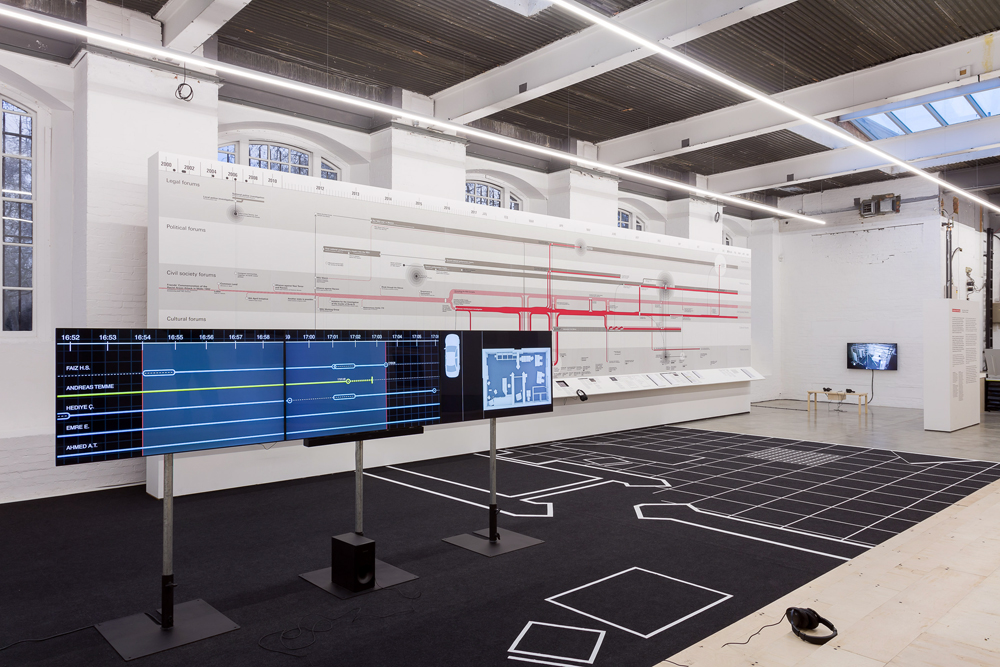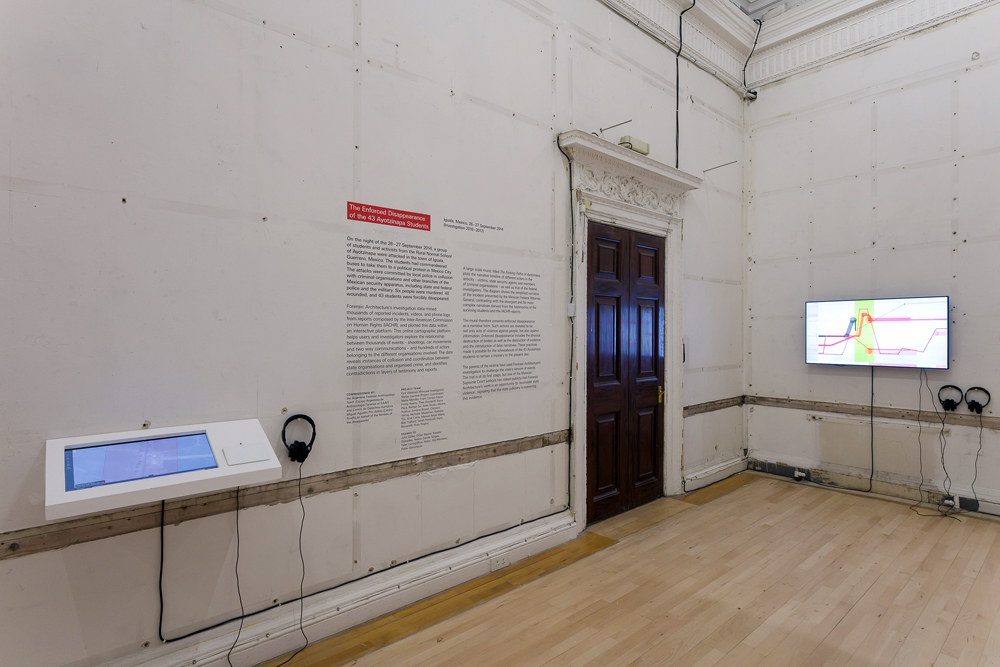Valletta 2018’s major multi-site exhibition, “Dal-Baħar Madwarha”, opens its doors to curious visitors across the Islands starting from the 10th of March. Curated by Maren Richter, large installations, performances and public interventions are taking place in both traditional and unexpected locations across Malta, exploring the idea of “islandness” in playful and critical ways.
Ibrahim Mahama’s work for the Pixkerija, Valletta’s Old Fish Market, will be directly connected to the fabric of the building of the Pixkerija. Mahama’s large scale intervention – a physical line made of meshes – intends to highlight the working history of the old fish market, its uncertain future and the Mediterranean Sea as a symbol of trading between Africa an Europe.
Only a week from now – 10th of March – the first projects of Dal Bahar Madwarha will start to appear. Kultura paid a visit to Manaf Halbouni: “Uprooted“: What if you are forced to live in a space of 1qm? The Syrian-German artist invites us to imagine ourselves without a home – What if ‚our car‘, a symbol of freedom of mobility, became home due to misfortune or war?
Valletta 2018 – European Capital of Culture’s major multi-site exhibition, “Dal-Baħar Madwarha”, opened its doors to curious visitors across the Islands from 10th of March. Curated by Maren Richter, large installations, performances and public interventions are taking place in both traditional and unexpected locations across Malta, exploring the idea of “islandness” in playful and critical ways. The projects range from design objects to architecture and complex issues of urban development and society with a focus on “research through practice”.
Heba Y Amin – OPERATION SUNKEN SEA
A fictive office that explores colonial omnipotentia by initiating a large-scale infrastructural intervention through the draining and rerouting of the Mediterranean Sea to converge Africa and Europe into one supercontinent. Heba Y Amin is an Egyptian visual artist, researcher and lecturer based in Berlin, whose work engages with narratives of national sovereignty, often in contested territories and questions methodological assumptions embedded within Western historiography.
Dal-Baħar Madwarha – Giraffa: James Micallef Grimaud’s intervention refers to the fact that the Maltese Archipelago are close to both Africa and Europe. Today Africa and Europe seem to further away from each other than ever. New borders and new forms of migration have been established. A transformed crane painted as a giraffe welcomes the travellers when entering the harbour, or those in search for the iconic view over the Grand Harbour and remind us of tolerance and diversity of cultures.
James Micallef Grimaud has directed several artistic projects including the first large scale mural in Malta. He is the founder of the Troglodyte crew, a street art collective working on several projects around Malta. He defines himself as an artist, who maintains critical but positive and witty approach to life on the Island.
This event is on till 1st July at the Marsa/Grand Harbour Docks.
Between spring and summer 2018, curator Maren Richter brings Valletta 2018’s major visual arts exhibition to our European Capital of Culture, with large installations, performances and public interventions taking place in both traditional and unexpected locales across the country. Among the exhibition’s star sites is the Pixkerija at Barriera Wharf, a Grade 2 scheduled building that was built in the 1930’s.
Richter is working with more than twenty-five established and emerging artists from fifteen countries –including Malta, France, Austria, Egypt, Germany, Syria, the United Kingdom, Sweden, Ghana, Spain, and Palestine – who are collaborating with local partners around the Islands.
The title Dal-Baħar Madwarha is inspired by a quote from the work of philosopher Gilles Deleuze, ‘The island is what the sea surrounds’. This sets the tone for newly commissioned and existing pieces that explore the idea of “islandness” in playful and critical ways. It’s an artistic journey through the contemporary realities of the Maltese Islands, placing at their helm the Islands’ relationship with their closest neighbour – the Mediterranean Sea.
The exhibition re-traces borders, imagining new geographies that view the sea as fluid and transformable rather than another physical barrier between people, places and culture.
In Richter’s words: “The multi-site programme invites international and Maltese artists to recast and respond to current and past urgencies and challenges, in which the Mediterranean Sea plays a significant role […] The island is a mode of pausing, familiarised by a certain romanticism. Whereas the sea looms large in the language of our imaginations; it is a site of reflection, voyage, and volatile freedom.”
In the light of such thought-provoking inquiries, the exhibition explores the identity of our Islands within a wider global context, bringing creative, social and political visions of the Mediterranean to light through the region’s most iconic and enduring image: the deep blue sea.






